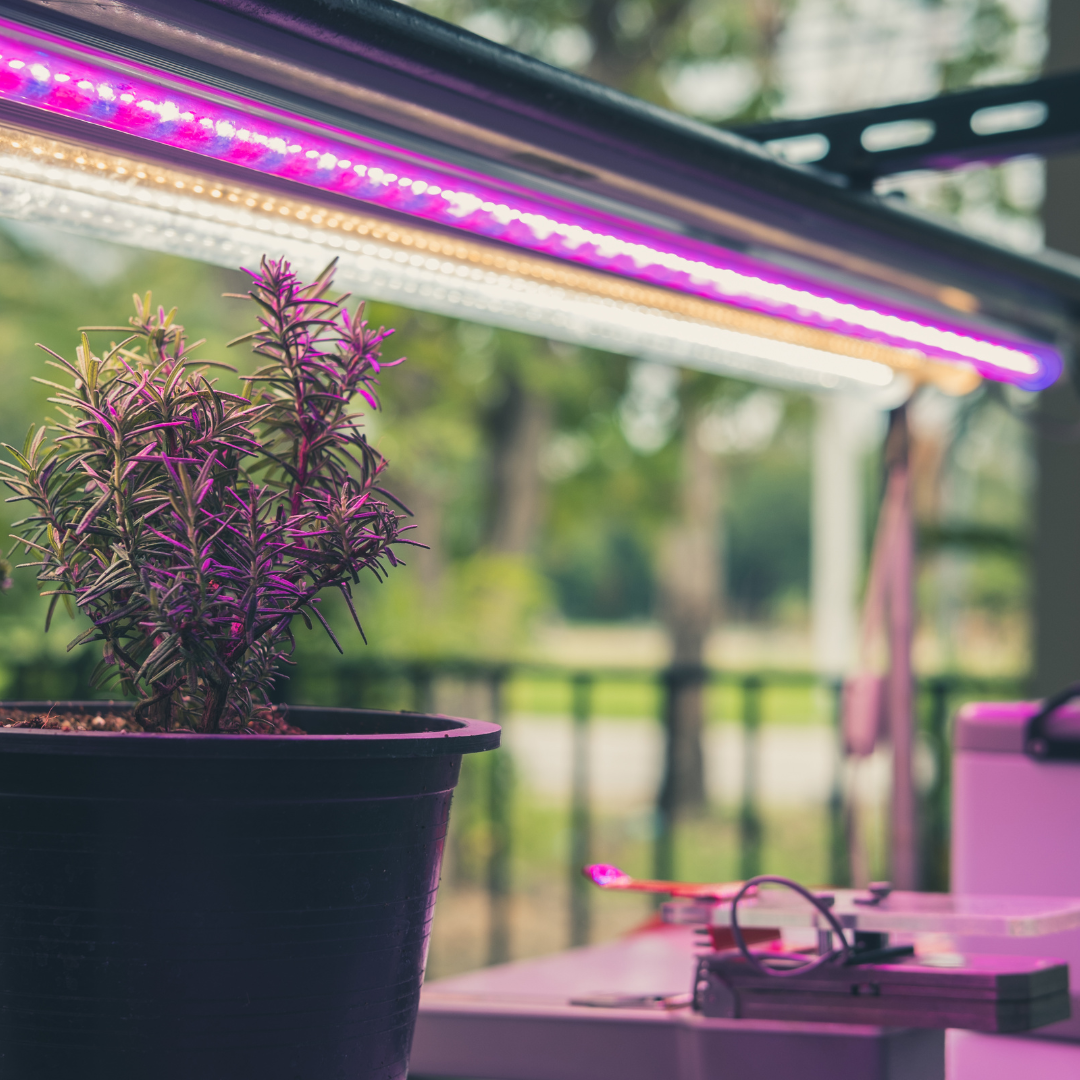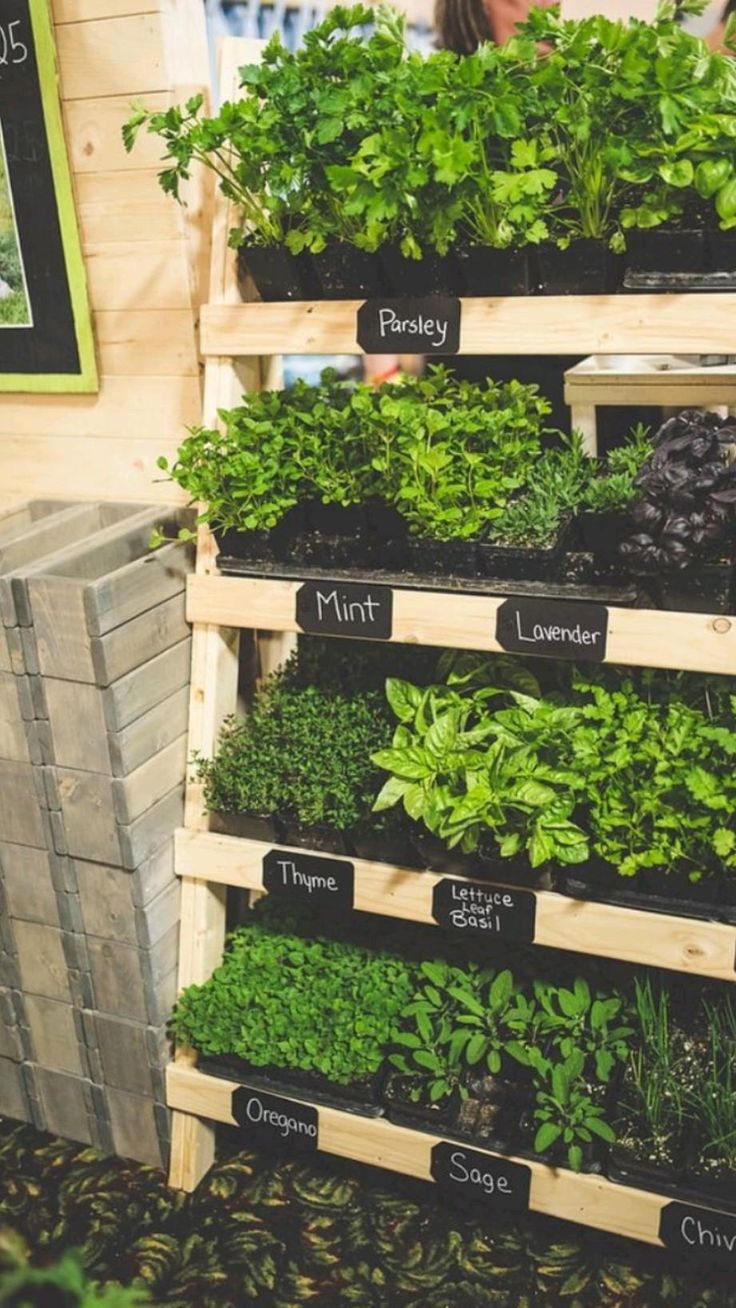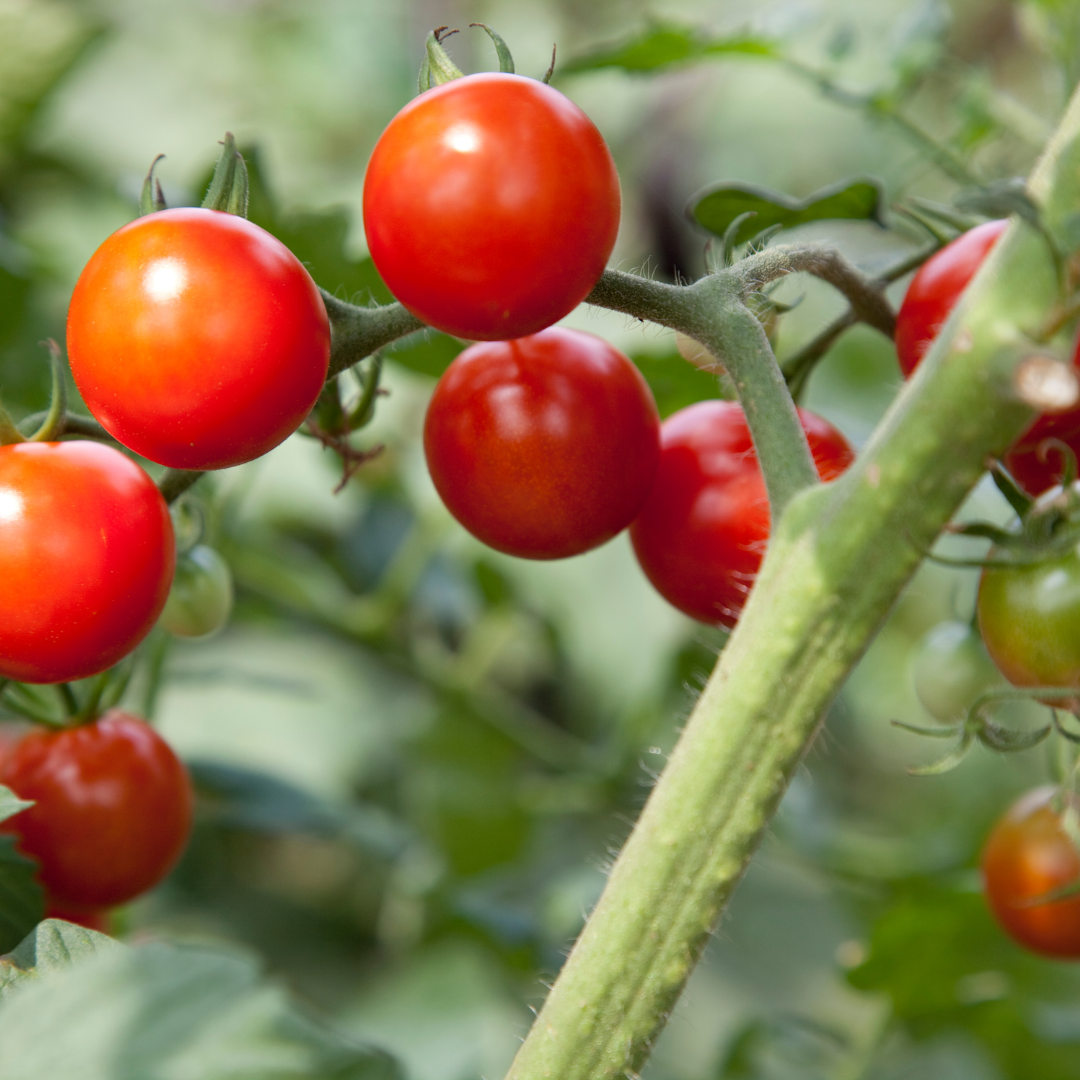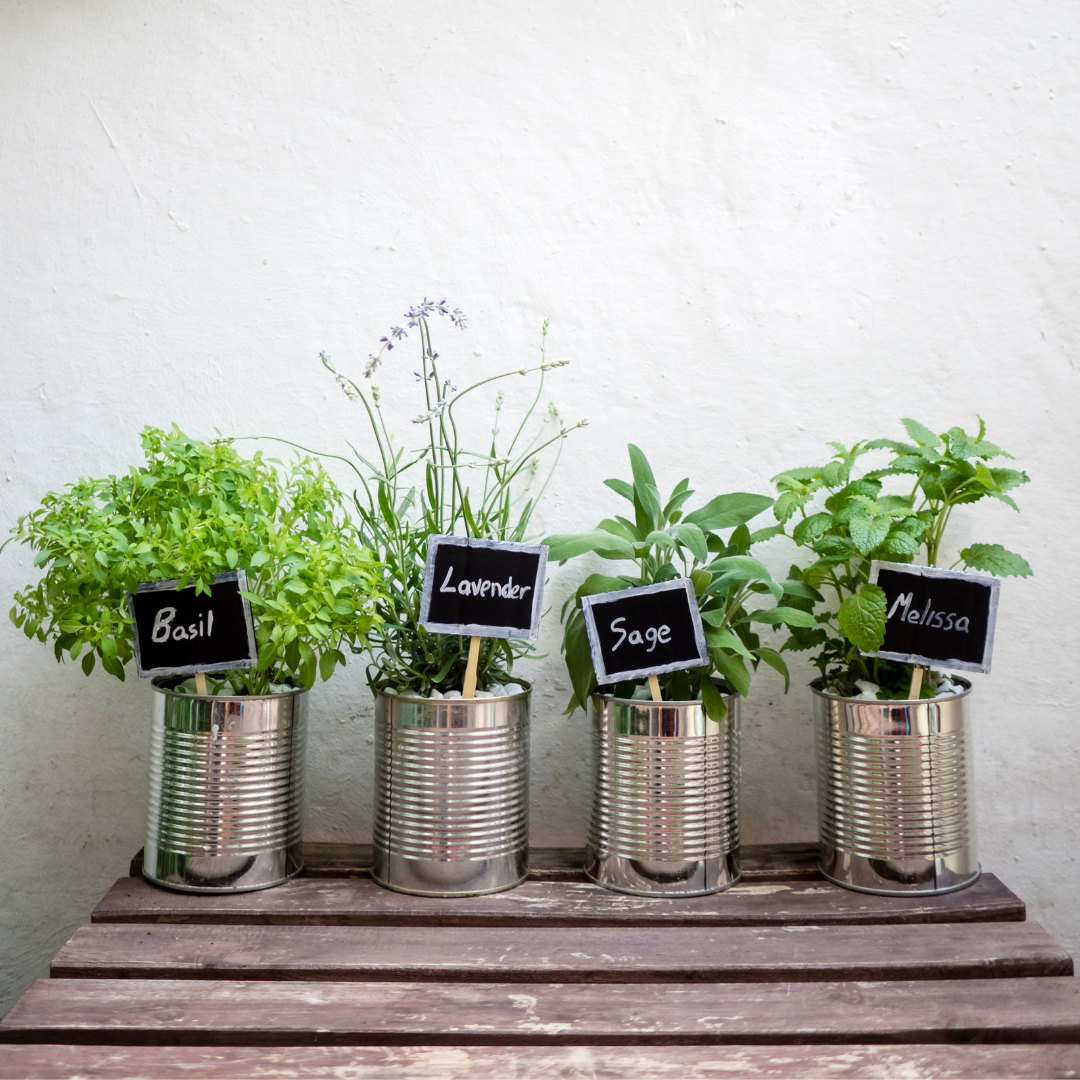Table of Contents
ToggleIntroduction to Indoor Vertical Gardening
Indoor vertical gardening is a fantastic way to maximize space, especially in urban areas. This method allows you to grow a variety of plants using vertical space.
It’s an eco-friendly approach that utilizes recycled materials, making it sustainable and cost-effective.

Whether you’re a seasoned gardener or a beginner, indoor vertical gardening offers a practical and enjoyable way to bring nature indoors.
Benefits of Vertical Gardening Indoors
Vertical gardening indoors offers numerous benefits. It improves air quality, adds greenery to your home, and provides fresh produce. Additionally, it makes efficient use of small spaces and promotes sustainable living.
By growing plants vertically, you can cultivate more in less space, making it ideal for apartments and small homes.
This method also reduces your carbon footprint and encourages recycling.

Choosing the Right Location
Selecting the right location for your indoor vertical garden is crucial. Look for a spot with adequate sunlight or consider using grow lights.
Ensure the area has good ventilation to prevent mold and mildew. A well-chosen location will help your plants thrive and keep your indoor garden healthy.
If natural light is limited, grow lights can be an effective alternative to ensure plants receive the light they need.

Materials You Can Recycle for Your Garden
Using recycled materials is a key aspect of indoor vertical gardening. Here are some materials you can repurpose: Plastic bottles can be cut and stacked to create planters.

Old pallets serve as excellent structures for your garden. Tin cans make great small planters, and wooden crates can be stacked and secured to hold pots.
These materials are readily available and add a unique touch to your garden.
Step-by-Step Guide to Creating Your Garden
Planning your layout is the first step in creating your indoor vertical garden. Decide on the design and structure, then gather recycled items like bottles, pallets, and cans.
- Clean and modify the containers for planting.
- Next, assemble the vertical garden frame and plant your seeds.
- Choose plants that are suitable for indoor growing to ensure a successful garden.
- Regular maintenance will keep your garden thriving.
Selecting Plants for Indoor Vertical Gardening
When selecting plants for your indoor vertical garden, consider those that thrive indoors.

Herbs like basil, parsley, and mint are great choices. Leafy greens such as lettuce, spinach, and kale are also ideal.

For small vegetables, cherry tomatoes and peppers work well. These plants not only grow well indoors but also provide fresh, home-grown produce that can enhance your meals and reduce grocery costs.
Maintaining Your Indoor Vertical Garden
Proper maintenance ensures the success of your garden. Water your plants regularly and check for pests. Prune and harvest as needed to encourage growth.

Regularly inspecting your plants will help you catch any issues early. Additionally, using organic pest control methods will keep your garden healthy and chemical-free.
Maintenance is key to a thriving indoor vertical garden that produces a bountiful harvest.
Creative Ideas for Vertical Garden Designs
Get creative with your vertical garden designs. Use different colored containers for a vibrant look. Incorporate decorative elements like fairy lights and hanging ornaments to enhance the aesthetic appeal.

Experiment with various layouts and plant combinations to create a unique and personalized garden.
Your creativity will make your indoor vertical garden not only functional but also a beautiful addition to your living space.
Troubleshooting Common Issues
Indoor vertical gardens can face issues like insufficient light, pests, and mold. Address these problems by using grow lights to supplement natural light.
Employ organic pest control methods to keep pests at bay. Ensure good airflow to prevent mold growth.
By staying vigilant and proactive, you can quickly resolve any problems that arise and maintain a healthy and productive garden throughout the year.
Conclusion: Embrace Sustainable Gardening
Indoor vertical gardening with recycled materials is a rewarding and sustainable practice. It not only beautifies your living space but also supports eco-friendly living.
Starting your garden today allows you to enjoy the benefits of fresh, home-grown produce.
Embrace this innovative gardening method to create a greener and more sustainable lifestyle. Your efforts contribute to a healthier environment and a more enjoyable home.

